18 Main Violin Bowing Techniques with Examples and Symbols | Violin Lounge TV #479
Learn all about the common violin bow strokes: detaché, martelé, spiccato, ricochet and more!
The more you learn about violin bow technique,
the more free you are to express yourself in music
In this video you’ll learn the names of the most common violin bow strokes, how they are notated on sheet music and beautiful examples
Video time stamps
00:25 detaché
00:58 legato
01:16 portato
01:30 double stops
01:51 chords
02:15 staccato
02:30 up-bow staccato
03:43 flying staccato
02:55 martelé
03:18 collé
03:48 jeté
04:17 spiccato
04:37 sautillé
04:53 ricochet
05:02 flying spiccato
05:26 jumping arpeggio
05:42 tremolo
06:01 col legno
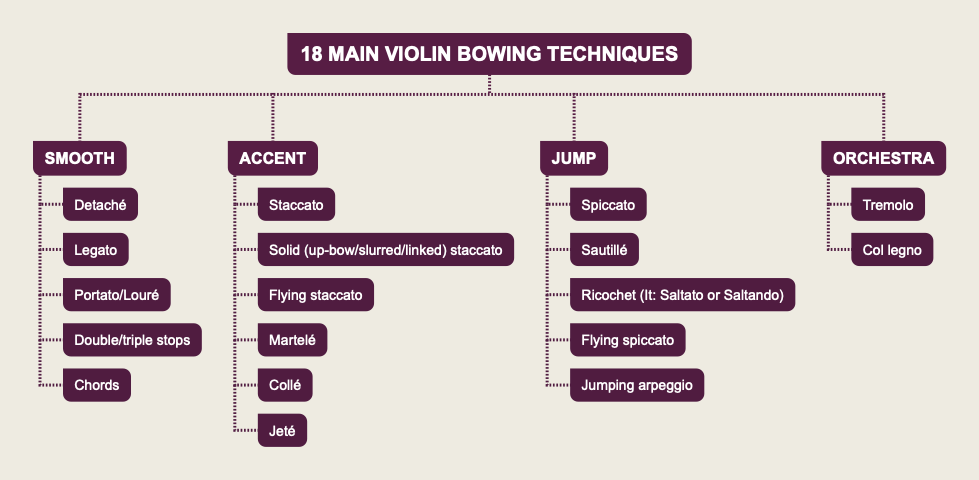
Psst… are you a real violin bowing nerd? Then check out my FULL video with ALL 102 violin bowing techniques and terms.
Smooth Violin Bowing Techniques
The notes are played in their full length (sustained), are not accented and the bow does not leave the string between the bow strokes.

Detaché: Default Bow Stroke
A simple detaché is the default way of bowing. There are no special markings in the sheet music. You play one bow stroke for each note, play the notes in their full length and make seamless bow changes.
Detaché can take many shapes and forms: from long notes with a feel and deep sound to clearly articulated fast runs.
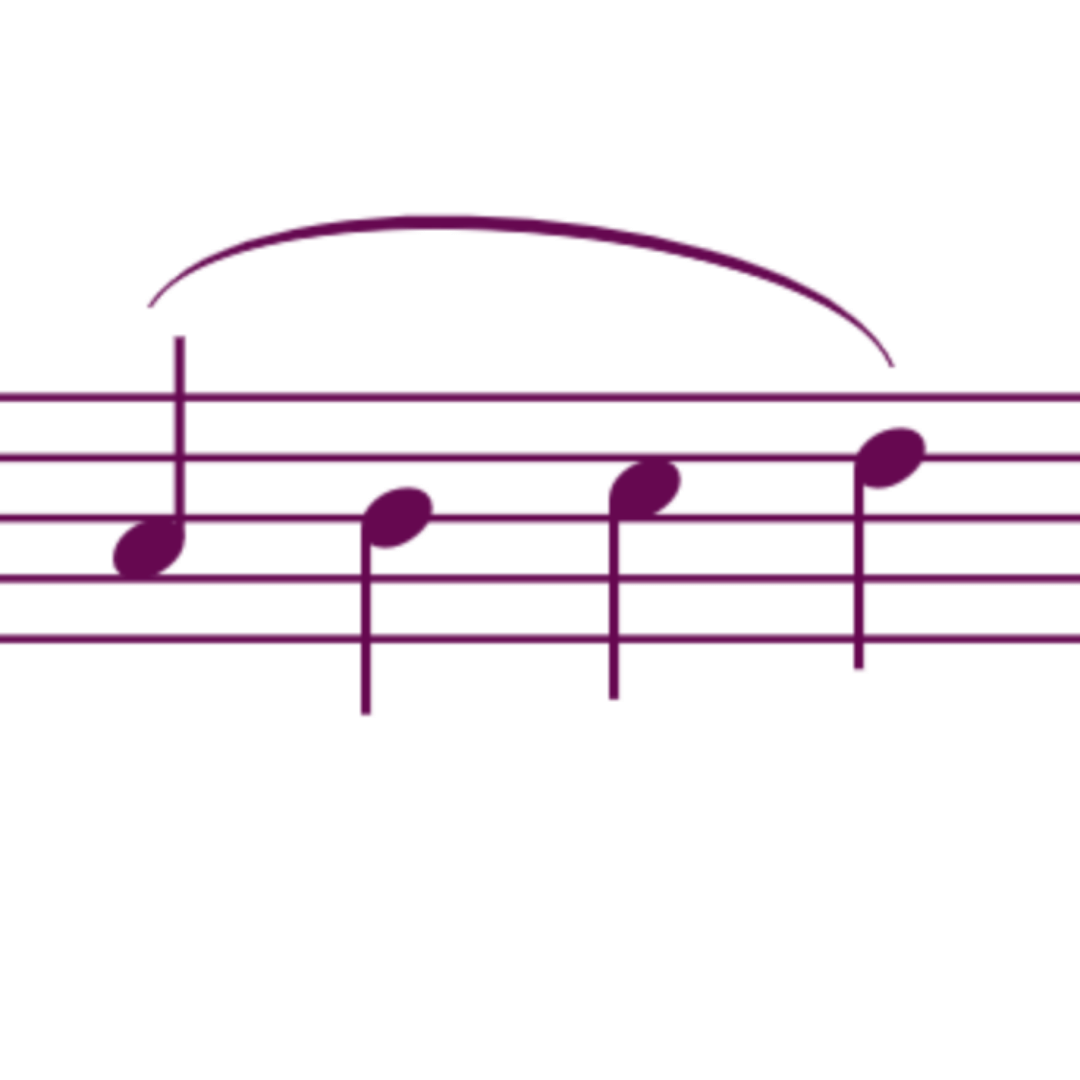
Legato bowing
As a bowing technique legato refers to playing multiple notes on one smooth bow stroke. You hear fluent transitions between the notes. In sheet music you see a slur above the notes.
As an articulation legato refers to smooth transitions between the notes and can also refer to notes that are are connected by seamless bow changes. A slur in sheet music can sometimes indicate a phrase and not one bow stroke.

Portato (Italian) or Louré (French)
Portato is similar to legato as you play multiple notes on one bow stroke, but you stop your bow between the notes without adding accents or weight. It sounds a bit similar to detaché and is usually applied to several same notes.
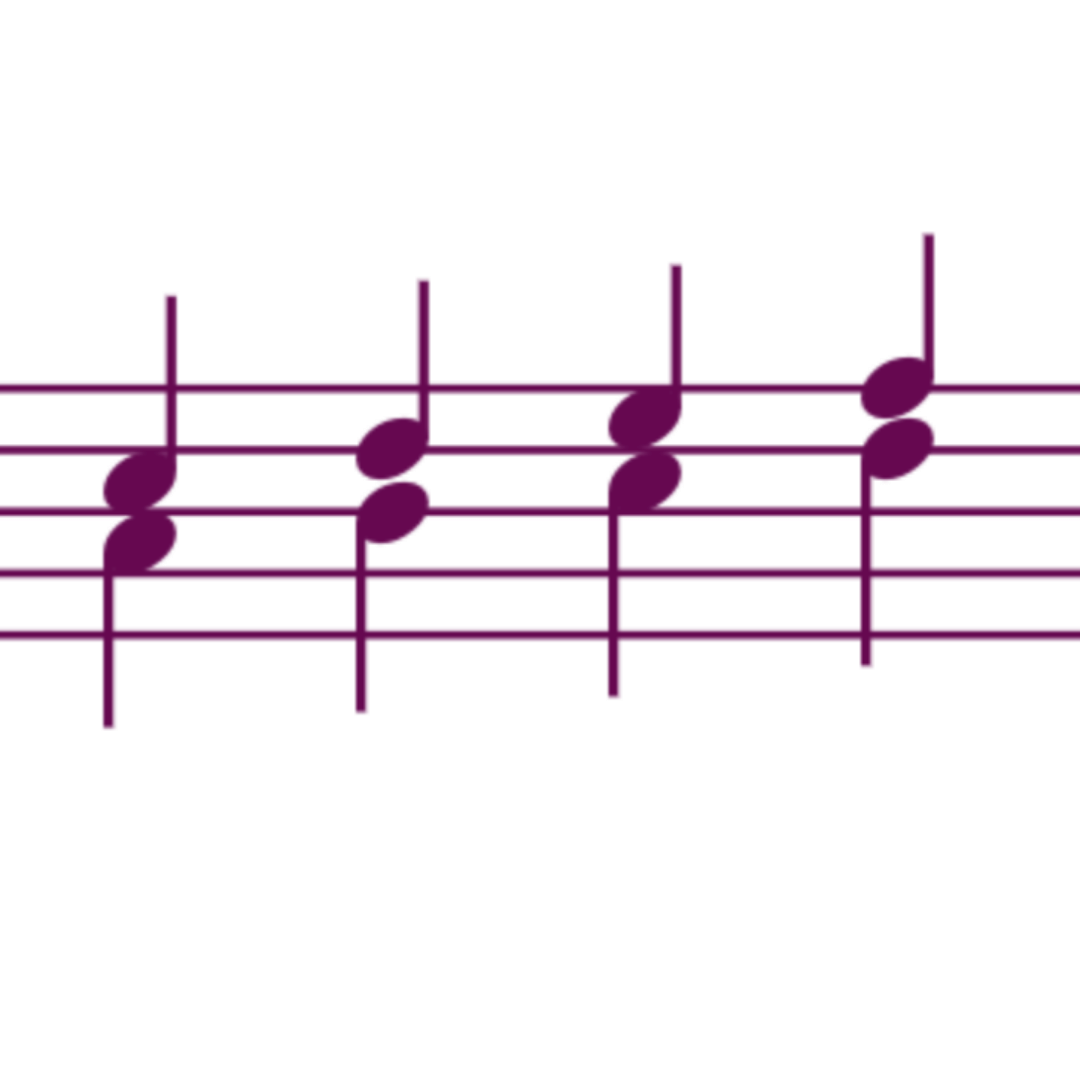
Double Stops
When you see two notes above each other in the sheet music, you play on two strings at the same time and sometimes put fingers on two strings at the same time.
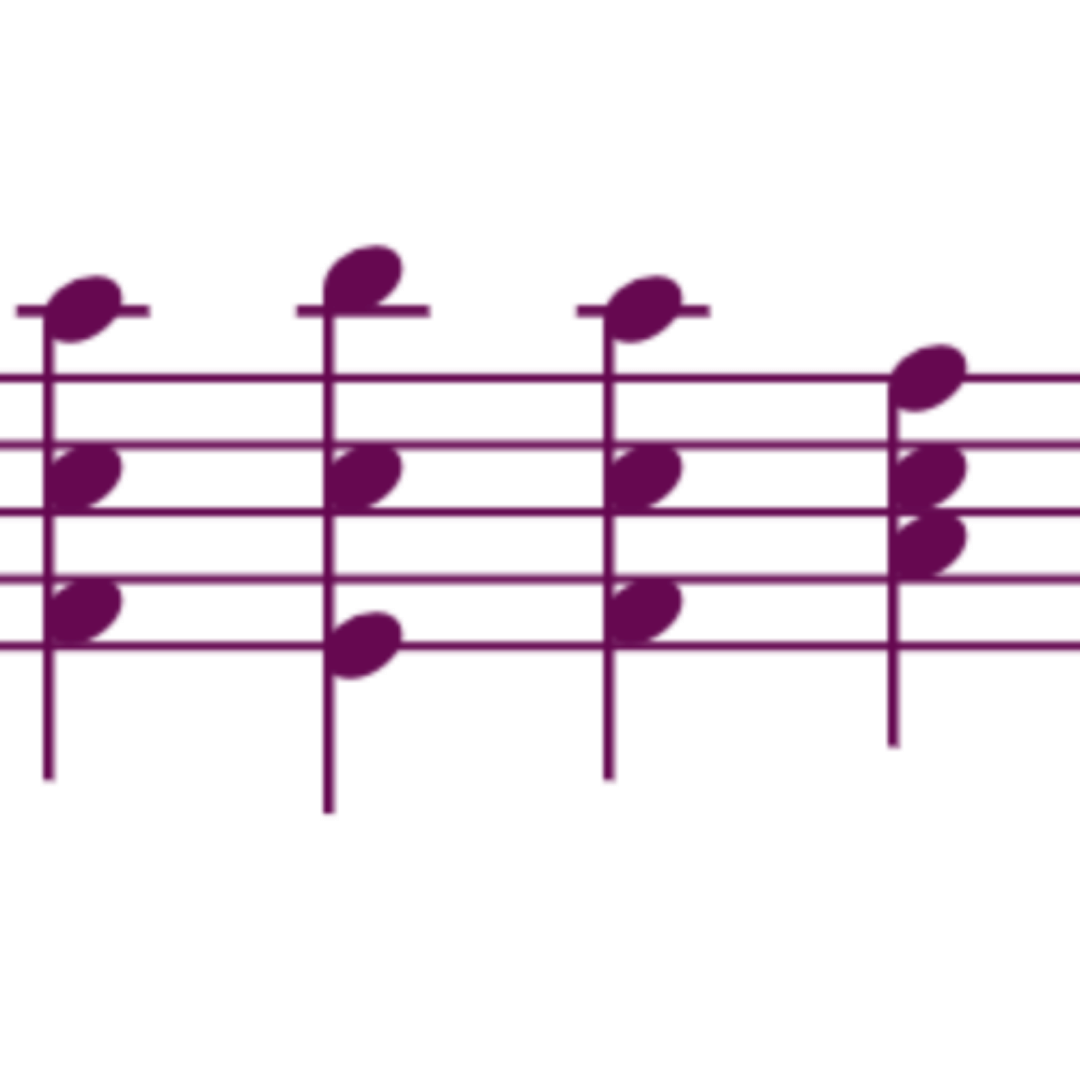
Triple Stops
When you see three notes above each other, it can mean chords or triple stops. In a triple stop you play on three strings at the same time. This is not as convenient as double stops. One has to play close to the fingerboard and press down the middle string to make them sound all three at the same time.
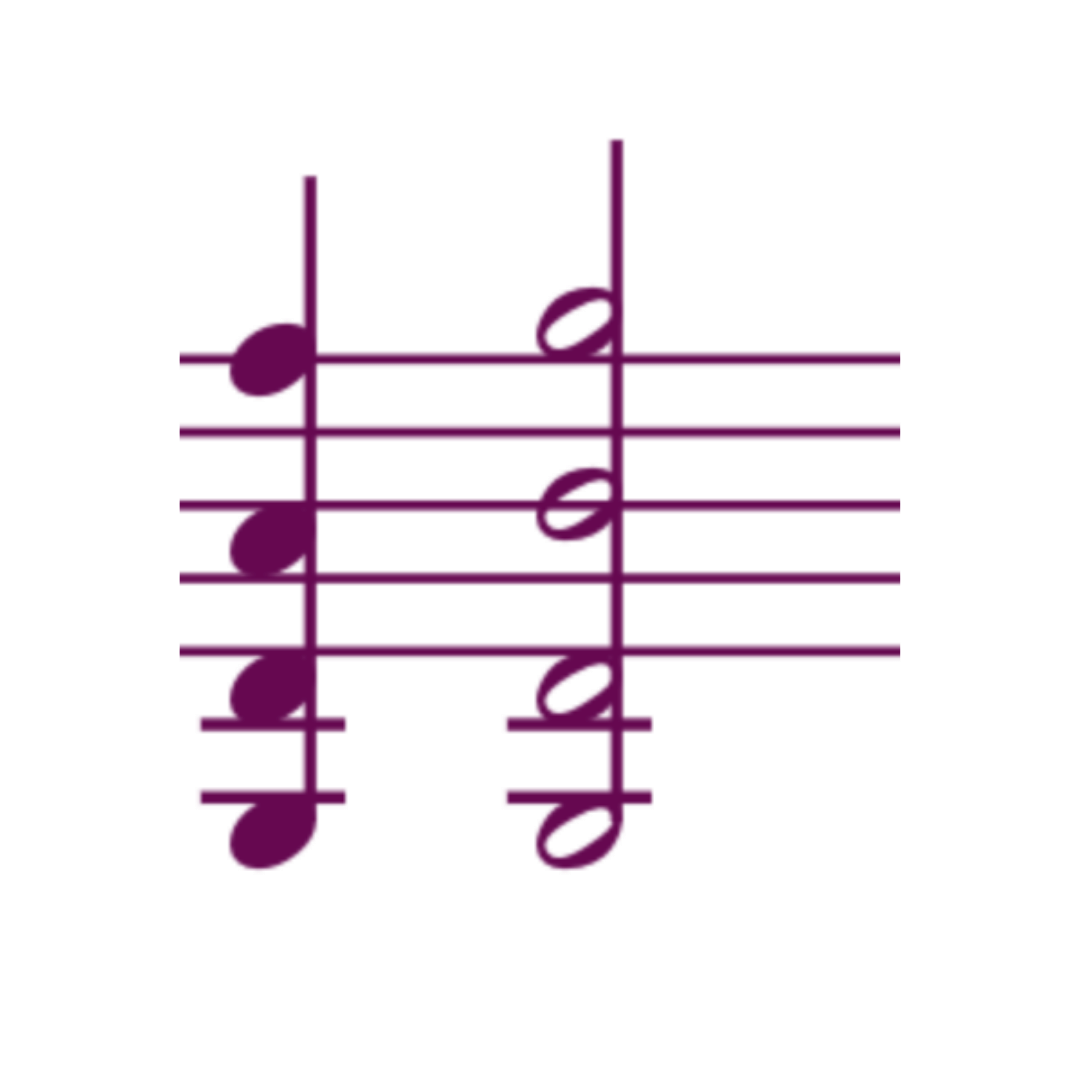
Chords
Three or four notes above each other are chords. As it’s inconvenient or impossible to play three or four notes at the same time, on the violin we ‘break the chord’. This means that we first play the lower two notes and then the upper two notes. Because of the resonance of the violin, four notes can sound at the same time without being bowed at the same time.
Accented Violin Bowing Techniques
In accented bowing techniques the notes are not played in their full length. There is silence between the notes. In some bow strokes extra emphasis is added by an accent.
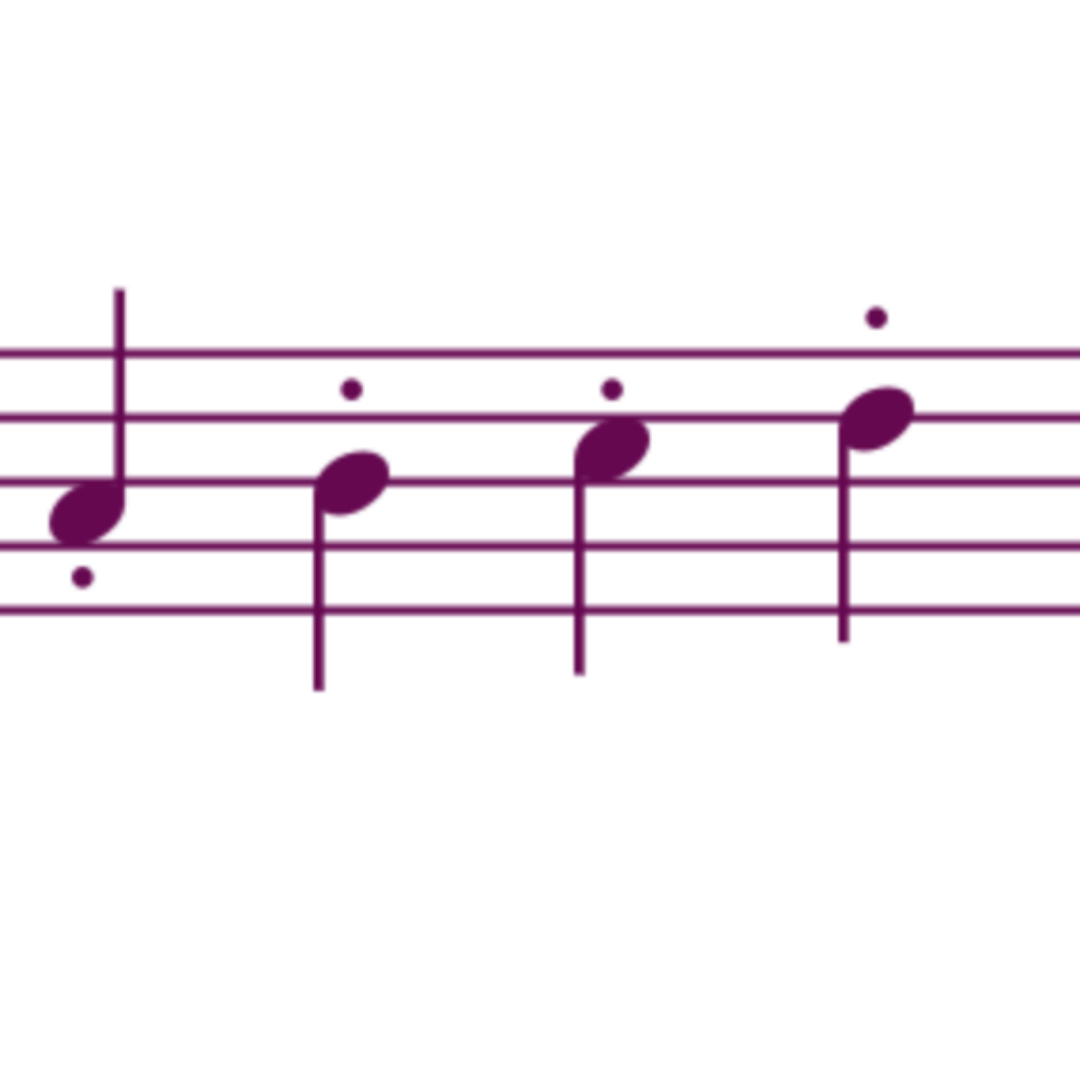
Simple Staccato
Staccato simply means that the notes are separated and not played in their full length. On the violin this means that you stop the bow between the notes. Usually staccato refers to several of those notes on one bow stroke. We call this up-bow, slurred or linked staccato (see next).
You see a standard or simple staccato where one note is one bow stroke a lot in the Suzuki books and in tango music.
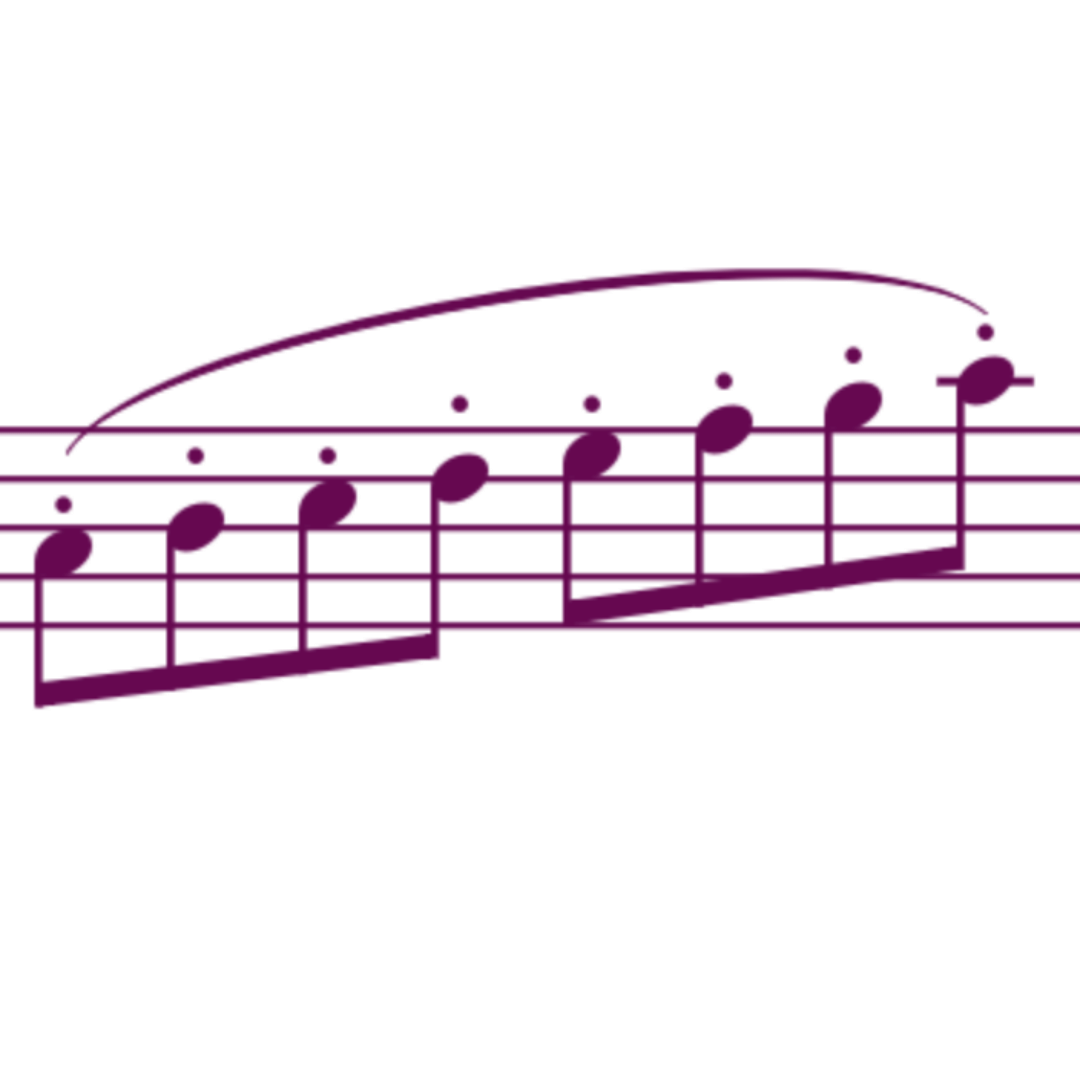
Solid Staccato
Also named up-bow, slurred or linked staccato
Multiple staccato notes on one bow stroke. Fast up-bow staccato runs can be very spectacular. The bow doesn’t leave the string. The index finger makes inflections to articulate and/or the bow makes little stops. Usually it’s on an up-bow and in a fast tempo.
The bow doesn’t leave the string (otherwise it’s called flying staccato). The index finger makes inflections to articulate and separate the notes.

Flying Staccato
This can be seen as multiple spiccato notes on one bow stroke where the bow travels. It’s a solid staccato, but with jumps between the notes.

Martelé
In the accented martelé we catch the string by putting pressure on the bow with the index finger. In the beginning of the bow stroke we release this and let the bow travel. This creates a bow stroke that starts with a ‘click’ or a ‘bite’ and ends almost silent. This is the standard most well known type of martelé.
You can change the sound by making the accent more pronounced (accented martelé), less pronounced (marcato) or by sustaining the sound throughout the bow stroke (sustained martelé).

Collé
Collé is a technique where the fingers and wrist make a circular motion resulting in an active off-the-string bow stroke with a firm sound.

Jeté
This is French for thrown. The movement of the bow looks a bit similar to spiccato, but this is fully controlled by the bow arm. The bow ‘thrown’ on the string from the air and lifted after that.
Jumping Violin Bowing Techniques
In jumping bow techniques the bow leaves the string. These can be active, semi-passive or passive bow stroke. In semi-passive or passive bowing techniques we use the natural jumping quality and energy of the bow. The bow hand is more reactive. The notes are not played in their full length as the bow is in the air at the bow change.
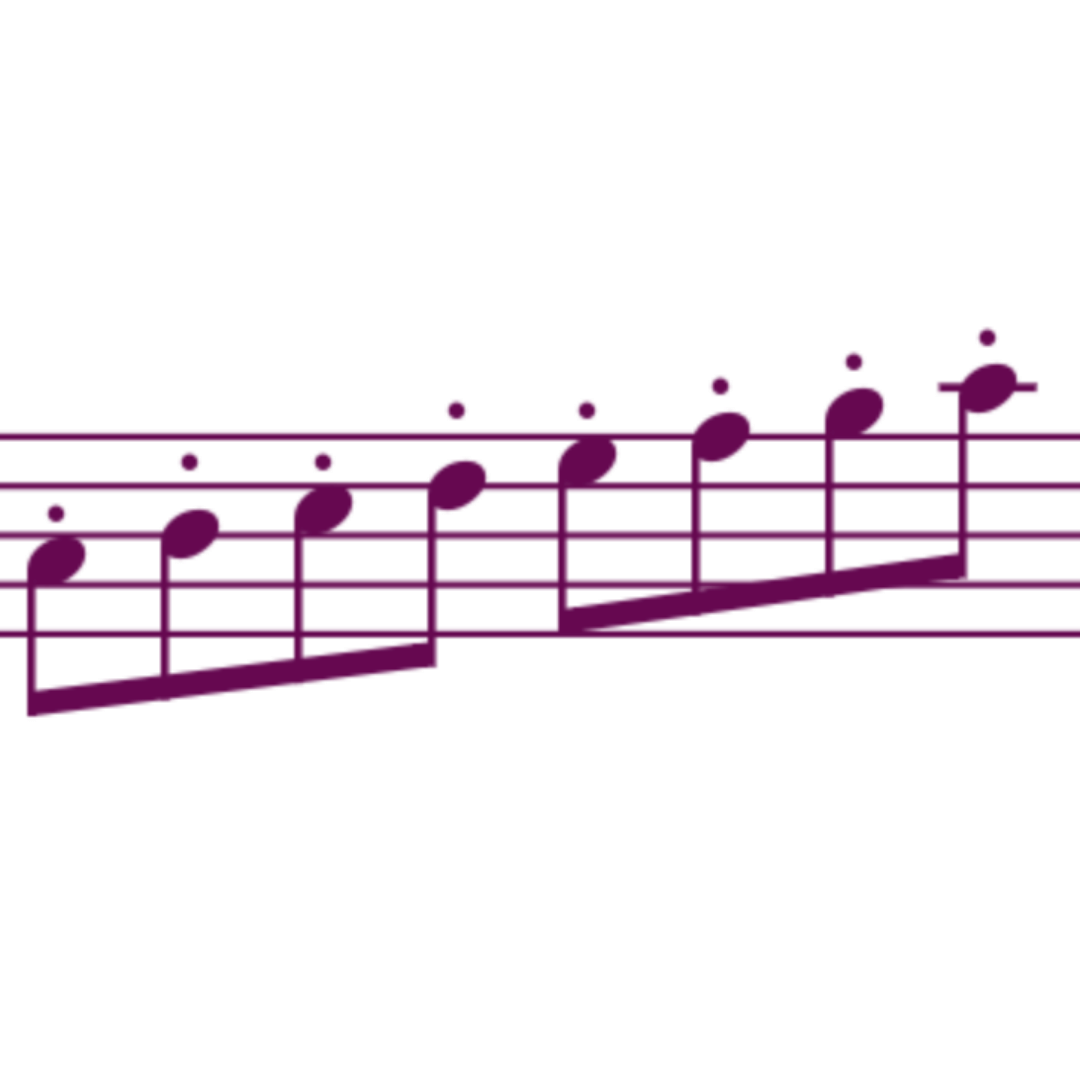
Spiccato bowing technique
Spiccato is a semi-passive bow technique, in which you work with the energy of the violin bow. The finger action gives an impulse and the bow bounces on it’s own. The bow is off the string at the bow changes. This works best at the balance point of the bow or a bit above depending on the tempo.
In a fast tempo, the bow fully bounces it it’s own and we call it sautillé. This is executed in the middle of the bow.
Two or more spiccato bow strokes all played up-bow on one spot of the bow is called flying spiccato. If you play multiple spiccato notes in the same direction, but let the bow travel, this is called flying staccato.

Sautillé bowing technique
Sautillé is similar to spiccato, but this is higher up the bow and at a higher speed. It’s a passive bow technique: the bow bounces on it’s own and the hand doesn’t control the full movement. The fingers just give impulses.
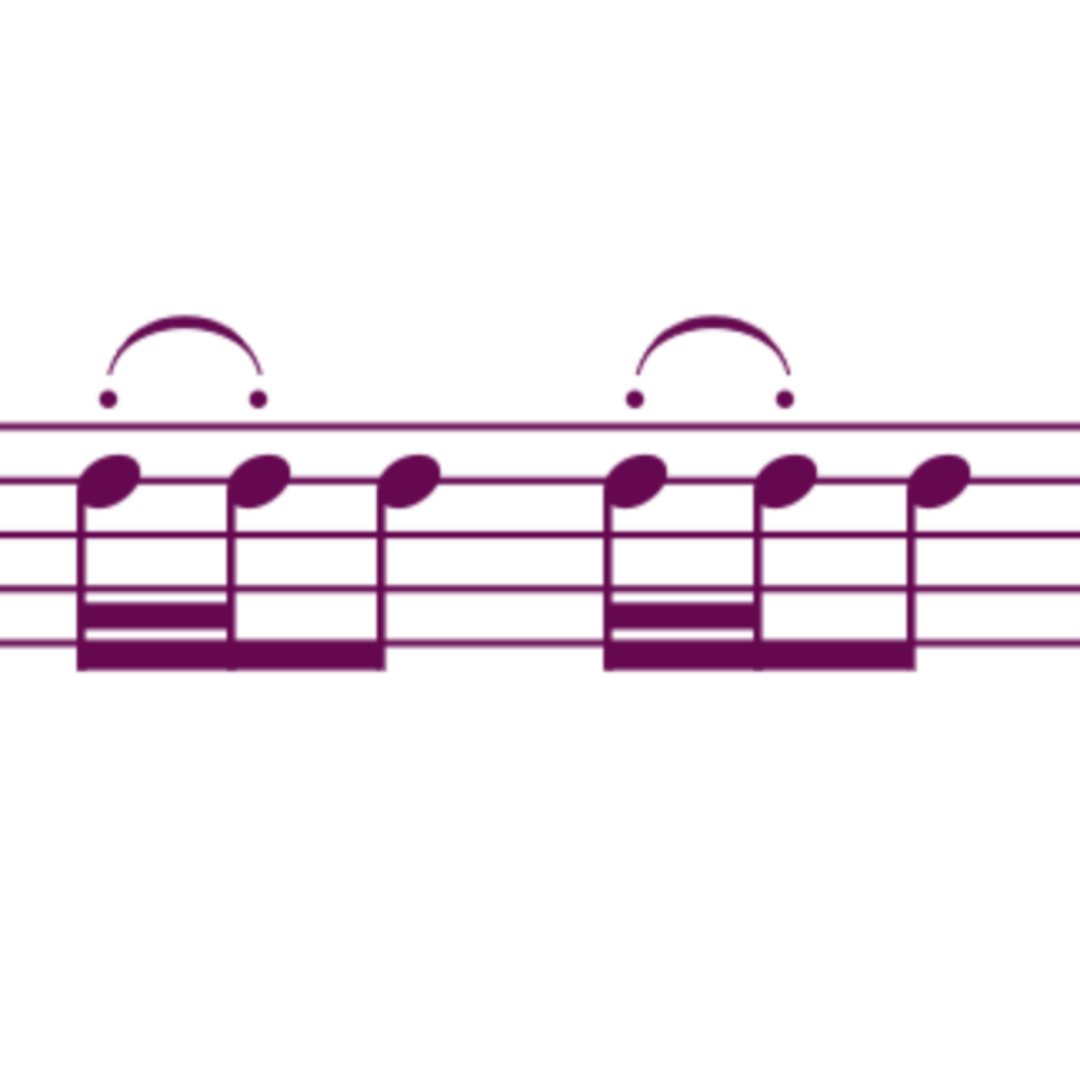
Ricochet bowing technique
Italian: Saltato or saltando
After one impulse, the bow can bounce from two to perhaps twenty times. This is a passive bow stroke usually performed on a down-bow. The pressure of the index finger and height of the bounce can determine the tempo.
When this is executed on an arpeggio over three or four strings, we call it jumping arpeggio.
When multiple jumping bow strokes are played on an up-bow, you need some more impulse from the bow hand. We call this flying staccato.
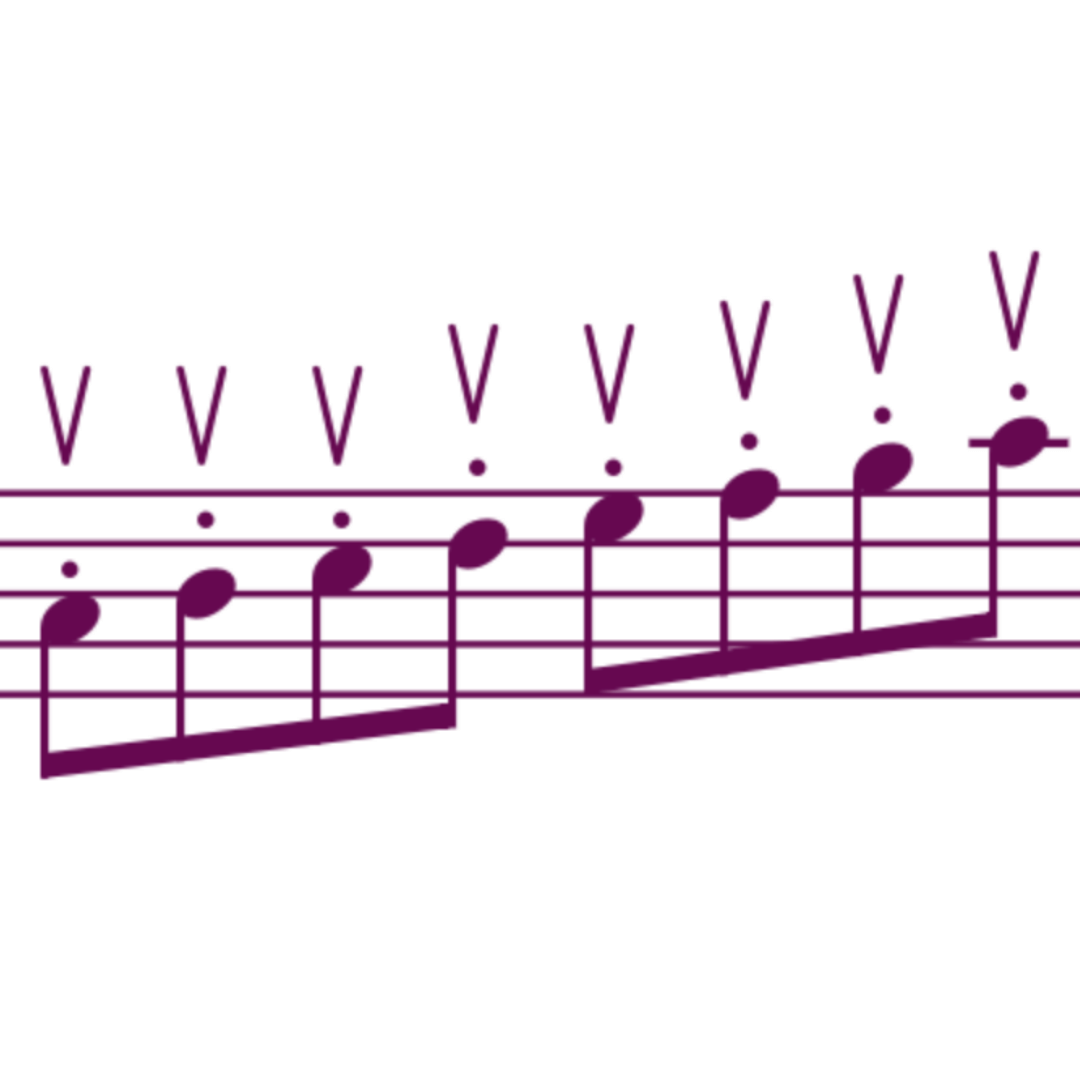
Flying Spiccato
Multiple spiccato notes in the same bow direction on the same spot of the bow. The hand and wrist make a circular motion. It can also be seen as a flying staccato, but the bow stays in one place. After one note the bow as to go back to it’s starting place.
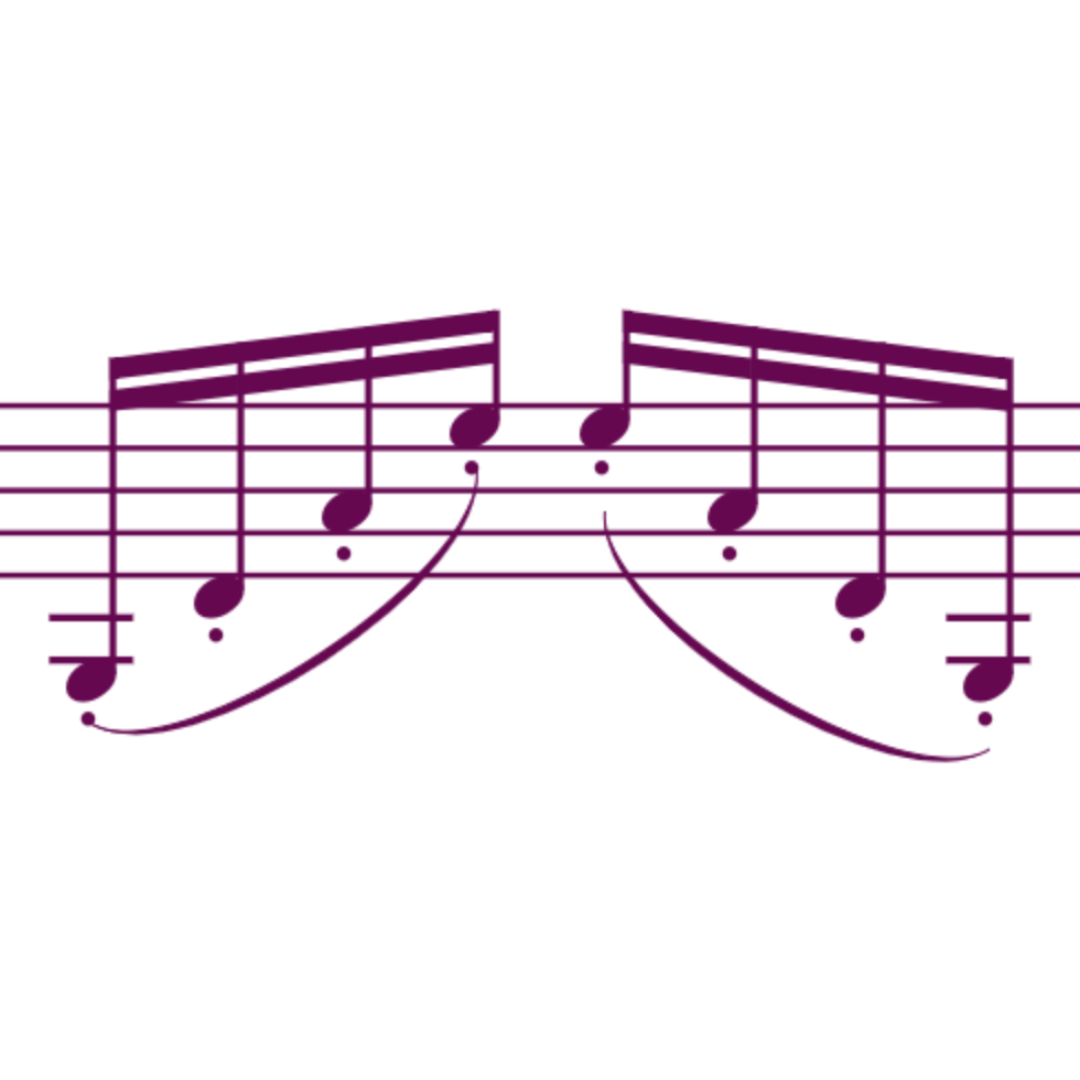
Jumping Arpeggio
This is ricochet over three or four strings on the down-bow as well as the up-bow. The higher the tempo, the more the bow bounces on it’s own. The lower the tempo, the more the hand actively controls the movement.
Orchestral Violin Bowing Techniques
The bow strokes mentioned above are also applied in an orchestra setting. I’d like to mention two more bowing techniques that you’ll encounter specifically in orchestral works.
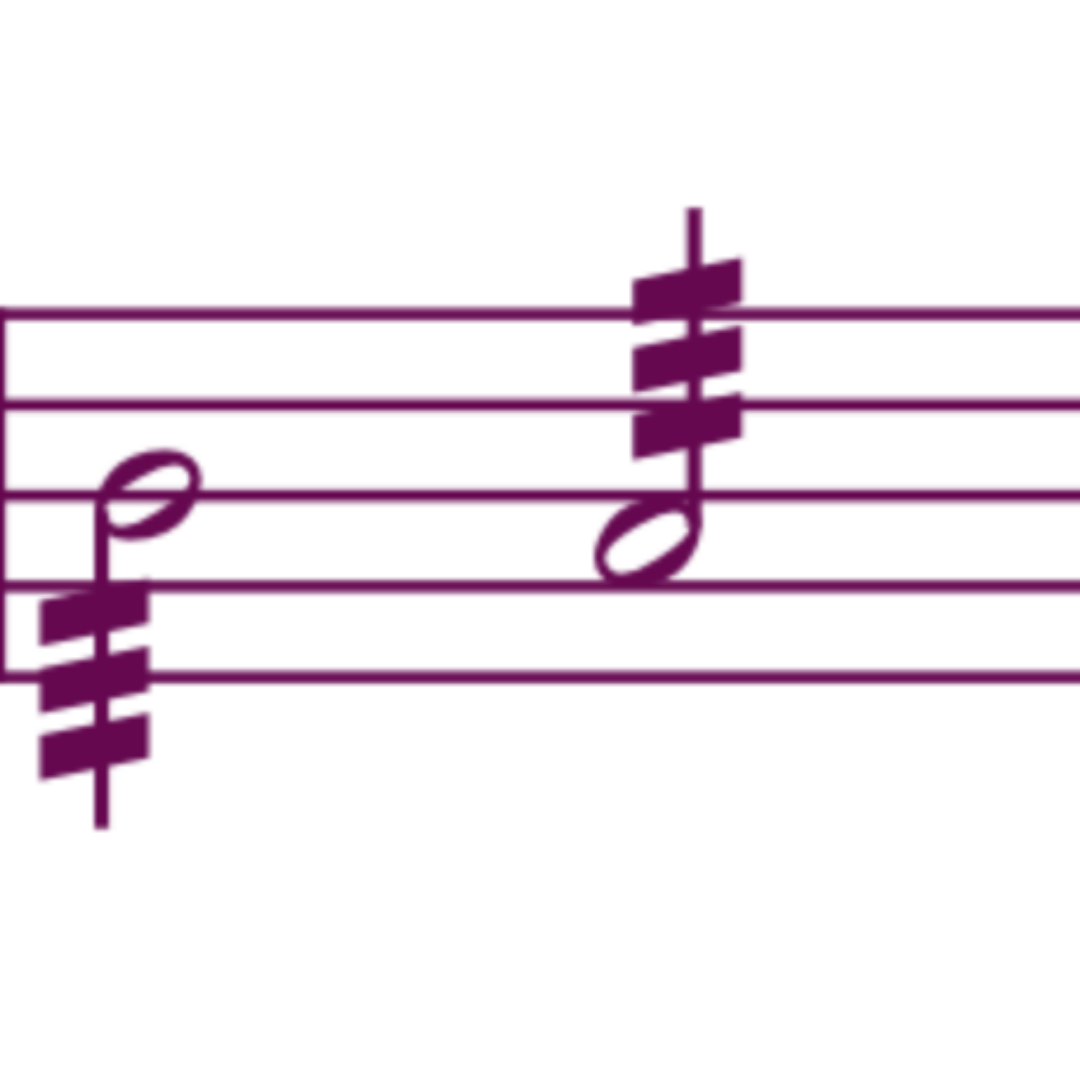
Tremolo
Tremolo are very short fast bow strokes at the tip of the bow. Usually they are played on one long note. In essence this is a nuance of detaché. These can be in a random tempo or measured.
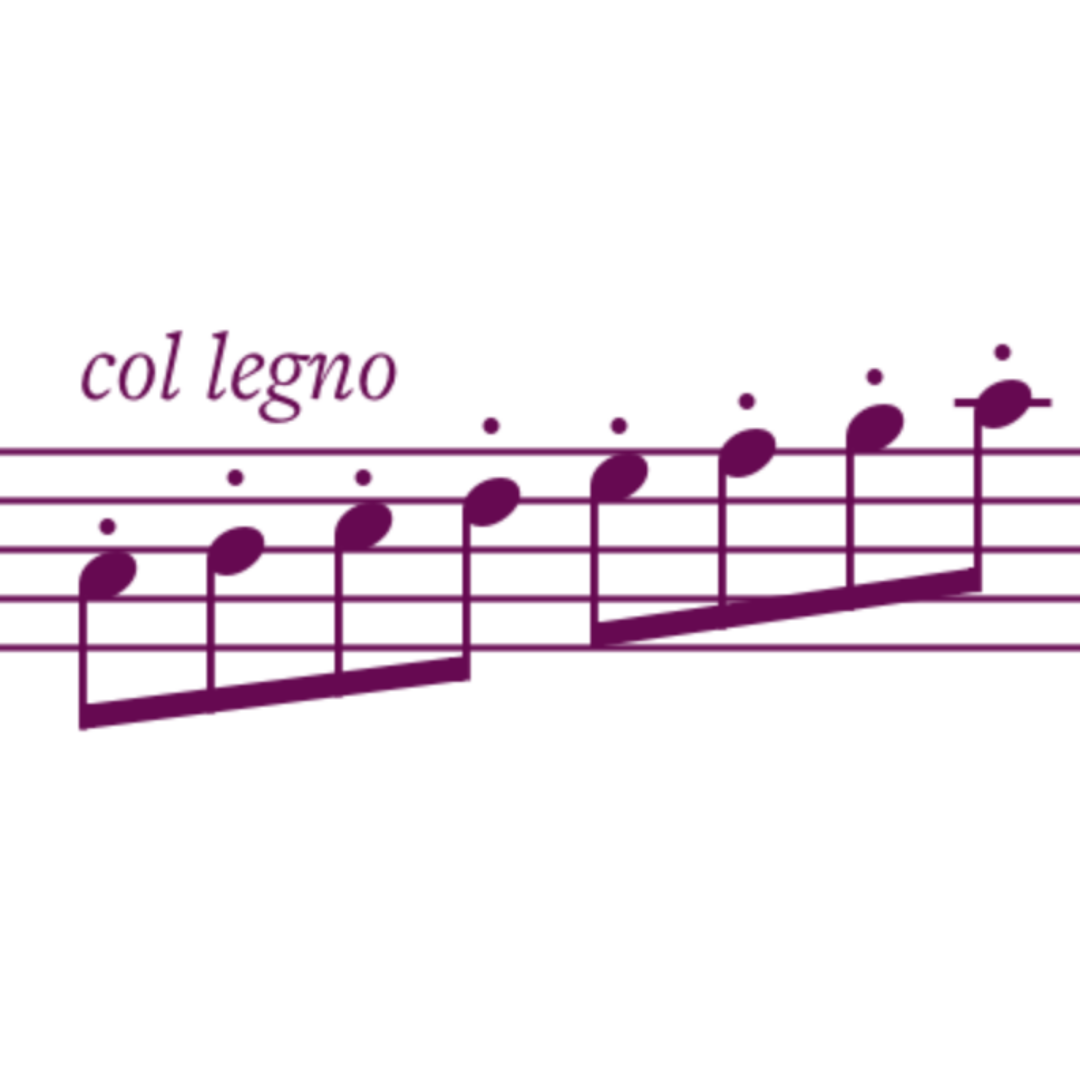
Col Legno
Col legno means ‘with the wood’. You bounce the stick (not the hair) of the bow on the string (col legno battuto) or you make actual bow strokes with the stick of the violin bow (col legno tratto). The first is the standard way to perform col legno.

Hi! I'm Zlata
Classical violinist helping you overcome technical struggles and play with feeling by improving your bow technique.
Put music first!
So many violin bowing techniques can seem overwhelming. I mainly made this overview to give you a bit of insight in the sound colors you can create with your bow.
In musical interpretation and expression many nuances in between are possible. Search for the sound that matches the piece that you are playing.
To simplify I’ve made this video that drills all techniques down to 6 basic bow strokes.
Want to learn all about bowing technique? Check out my extensive video on 102 violin bowing techniques and terms with examples.

0 Comments